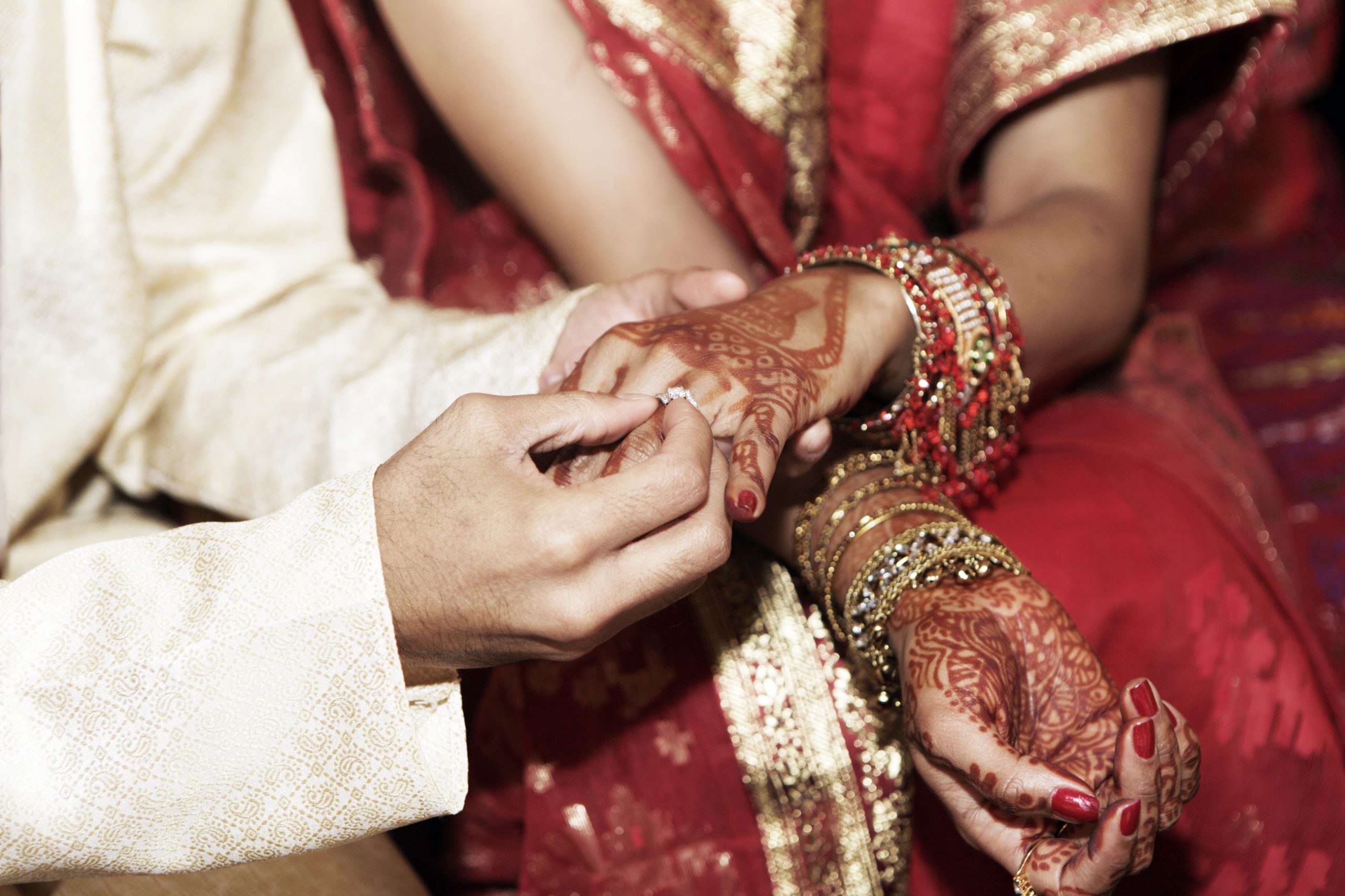
By: Shilpa Sharma
By: Shilpa Sharma
DOWRY payments have been prevalent in India’s villages over the past few decades, according to a study conducted by the World Bank.
The research encompassed 40, 000 marriages that took place in rural India between 1960 and 2008, and found that dowry was paid in 95 per cent of the weddings.
This is despite the fact that dowry is illegal in India since 1961.
Paying and accepting dowry is a centuries-old tradition in South Asia where the bride’s parents gift cash, clothes and jewellery to the groom’s family.
Though, the practice is often described as a social evil, it continues to thrive and leaves women vulnerable to domestic violence, and in some cases lead to their deaths.
The study was based on dowry data collected from 17 Indian states that comprise 96 per cent of India’s population.
Since majority of Indians still live in villages, the study focussed on rural India.
World Bank economists S Anukriti, Nishith Prakash and Sunghoh Kwon, used information on value of gifts – cash and kind – received or given at the time of marriage.
After analysing the difference between the value of gifts exchanged between the two families, they found that the groom’s side paid more to the bride’s family in only a few cases.
They found the average net dowry had been “remarkably stable” over time, with some inflation before 1975 and after 2000.
On an average, a groom’s family spends about Rs. 5,000 (£48) in the form of gifts to the bride’s family.
However, the value of gifts from the bride’s family cost seven times more at about Rs. 32,000 (£311).
The research also revealed that dowries consume a substantial proportion of household savings and income.
In 2007, the average net dowry in rural India was equivalent to 14 per cent of annual household income, the report said.
“As a share of income, dowry has gone down over time because on average rural incomes have risen in India,” said Dr Anukriti, an economist at the World Bank Research Group.
“But this is just an average claim – to calculate how large dowry is relative to household income for each household, we will need data on household income or expenditure, but unfortunately we don’t have such data available,” she said.
The study also found that dowry was prevalent in all major religious groups in India. Interestingly, Christians and Sikhs showed a “striking increase in dowry”, leading to higher average dowries than Hindus and Muslims.
it further revealed substantial differences in states over time in terms of dowry payments.
Kerala showed a “stark and persistent dowry inflation” since the 1970s and had the highest average dowry in recent years.
Other states such as Haryana, Punjab and Gujarat also registered growth in dowry, while the trend decreased in states of Odisha, West Bengal, Tamil Nadu and Maharashtra.
“We don’t have definitive answers about these differences. We hope to explore this question in future research,” Dr Anukriti said.
According to another research report published in January, economists Gaurav Chiplunkar and Jeffrey Weaver stated that an estimated total value of dowry payments in India between 1950 and 1999 was nearly a quarter of a trillion dollars.